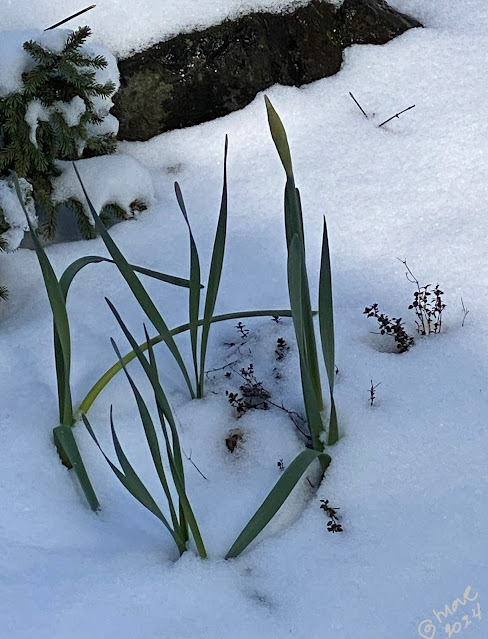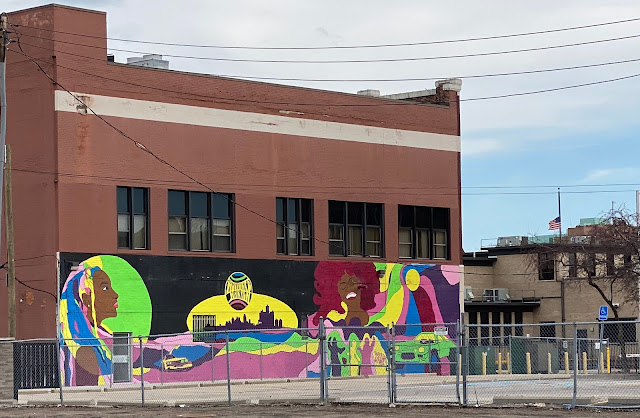‘Although I wrote Kantika as a novel, I played with the line between fact and fiction and drew on the experiences of some real people, most centrally my maternal grandmother, Rebecca (née Cohen) Baruch Levy (1902–1991).” (From the author’s Acknowledgements, Kantika, p.283)
Kantika by Elizabeth Graver is a story of a family with deep roots in one place: Turkey. After the first World War, Turkey experienced major changes in government and policy. The long-enduring Sultanate was overthrown by nationalists, and thus minority communities were abused, persecuted, and expelled or driven to flee. The most extreme victims of this extremist nationalism were the Armenians: between 600,000 and 1.2 million Armenians were killed between 1915 and 1916 in what is now viewed as the first genocide of the twentieth century.
A historic Jewish community in Turkey also suffered from the emerging policy. Kantika is the story of just one family from this community, told through the experiences of Rebecca, the author’s grandmother. Rebecca’s parents belonged to the Sephardic-Iberian Jewish community that had lived in the Ottoman Empire since their ancestors were expelled from Spain in 1492. They proudly identified as Turkish Jews and as long-term residents of Istanbul. Her father’s thoughts: “This city, the ground beneath his feet, here where he was born and his parents are buried—is his homeland.” (p. 39)
Rebecca’s father had a factory, and the family were well-off, able to pay for their children’s education (and not to rely on charity schools). They had a solid and respected position in the community, and a fairly luxurious house. Because the novel is presented from Rebecca’s point of view as a child and very young woman, there’s not an excess of historic or socio-political detail. Just this: her father loses his factory, and sees that he can no longer make a living under the increasingly hostile new regime. He can find nowhere to take the family except Barcelona, Spain, where there’s a very small Jewish community to which they can move. Somehow, her father was unable to find a way to go to much more promising places that other members of the community were managing to emigrate to: specifically, to Cuba or New York.
Kantika follows Rebecca as she adapts to life in Barcelona, learns to make a living as a dressmaker, and marries an unreliable man who abandons her and her children. Her struggles and her optimism are fascinating to read: it’s not the broad events of history and politics that make this book relatable — it’s the way she deals with her circumstances. The way she realizes that she must conceal her Jewish identity. The way she deals with many setbacks. Spain in the 1920s was becoming a less and less safe place, so she agrees to an arranged marriage with a man from their original community in Turkey who has successfully immigrated to New York and become a citizen.
Thus, by the mid-1930s, Rebecca is living in New York. Her story continues as she adapts to living in the US, managing to bring her two sons from Spain, and having three more children, besides the child of her husband and his first, deceased wife. One of the final chapters vividly describes her son's experiences in combat in the Pacific during World War II.
A fairly typical immigrant story? Yes, but it’s not the story, it’s how you tell it. The characters and events in Rebecca’s story, and above all, Rebecca herself, are in one way undistinguished, ordinary, and quite similar to many others in stories of how we American descendants of immigrants all got to where we are. But the telling: that’s special. The author loves these people — all her own relatives and their peers. And reading this, one gets to love them too.
review © 2024 mae sander



















































